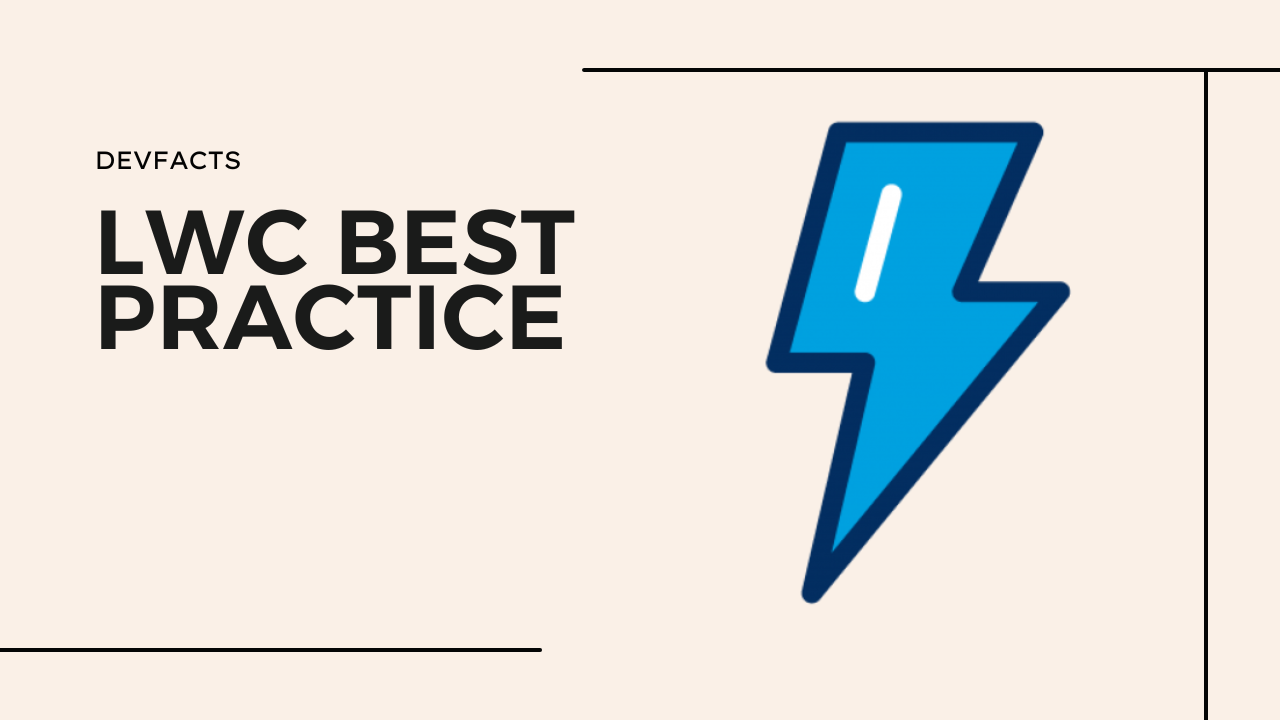
Lightning Web Components (LWC) Best Practice in Salesforce
Lightning Web Components (LWC) is a framework for building web components on the Salesforce platform. Here are some best practices to follow when using LWC in Salesforce:
- Use the wire service to handle data: The wire service is a powerful feature of LWC that allows you to handle data without writing Apex code. Use it to handle data and avoid using imperative Apex code.
- Use the built-in base components: Salesforce provides a set of base components that you can use to build your LWC. These components are optimized for performance and can save you time and effort.
- Use the Lightning Data Service (LDS) to handle data: LDS is a powerful feature of LWC that allows you to handle data without writing Apex code. Use it to handle data and avoid using imperative Apex code.
- Use the @track decorator to track changes to data: Use the @track decorator to track changes to data in your LWC. This allows you to handle data changes efficiently and avoid unnecessary re-renders.
- Use the Lightning Message Service (LMS) for cross-component communication: LMS allows you to communicate between different components in your Salesforce application. Use it to pass data between components and avoid using global variables or events.
- Use the LWC Dev-Tools to debug and troubleshoot: LWC Dev-Tools is a powerful browser extension that allows you to debug and troubleshoot your LWC components. Use it to debug and troubleshoot your components and avoid using console.log statements.
- Follow the LWC best practices and guidelines provided by Salesforce: Salesforce provides a set of best practices and guidelines for building LWC components, make sure to follow them to ensure that your components are optimized for performance and maintainability.
